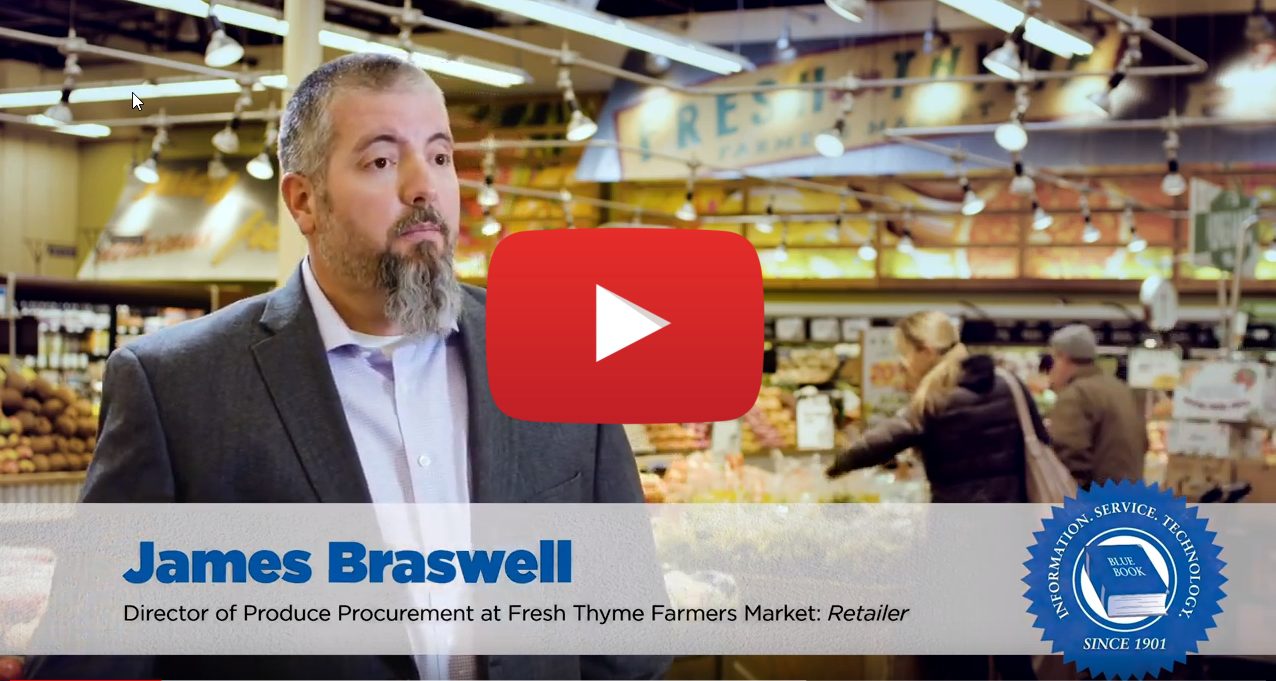Charlie Loes, director of technology at Robinson Fresh, headquartered in Eden Prairie, MN, admits establishing blockchain standards will be a challenge.
This is where GS1 US comes in. Much like its role in spearheading the use of barcodes, and more recently GTINs (global trade item numbers), GS1 sees blockchain as another tool to harmonize and legitimize data for worldwide use.
Melanie Nuce, senior vice president of corporate development at GS1 US, says the organization is currently working with IBM and Microsoft to integrate standards into blockchain solutions.
Robinson Fresh hopes to accelerate “the process by being engaged with startups, incubators, and vendors of block-chain solutions.”
Loes says the company has already been experimenting and proposing use cases for implementation. “We want to play an active part in driving industry standards that will enable maximization of full utilization for blockchain.”
Peter Mehring, CEO of San Jose, CAbased Zest Labs, which specializes in using IoT (the internet of things) and other tech solutions for fresh management and waste reduction, says it’s important to keep in mind that blockchain is not the be-all, end-all when it comes to supply chain safety and integrity.
“It’s a technology, not a solution,” he says. “It allows business transactions to happen in a more trusted, fluid way.”
Chief among blockchain’s advantages is its ability to track data. “It’s a very secure way to hold data,” Mehring says. Not only is information on the digital ledger protected by sophisticated encryption, it’s located in multiple places (e.g., it is a distributed ledger) and has no single owner (decentralized) rather than being on a single server with one owner (centralized).
Each time a new block of information is added, all group members are alerted, with updates in real time. Any change made to just one of the ledgers sets off an alert; therefore no single point can cause a failure, making blockchain difficult to tamper with or hack. Second, blockchain creates a permanent record that gives all users common information.
“The immutability of the ledger is a real benefit,” says GS1’s Nuce.
Each transaction remains in the chain permanently, with additional transactions added over time.
Users can correct previous information, but that change is visible along with the original as part of the chain, so everyone has a full record of what has transpired for what Minos Athanassiadis, director at HarvestMark-Trimble Navigation, a consultancy for traceability and quality control management, headquartered in Sunnyvale, CA, calls a “universally agreed-upon truth.”
A third benefit is that blockchain speeds up the flow of information. All parties receive updates in real time, so there is no lag to wait for reports or other data. “Information moves at the same speed as the product,” says Ed Treacy, vice president of supply chain for Newark, DE-based Produce Marketing Association, contrasting blockchain to the commonly used EDI (electronic data interface), which is slow and awkward, with information typically pushed out only once per day.
—–
This is an excerpt from the most recent Produce Blueprints quarterly journal. Click here to read the full article.


